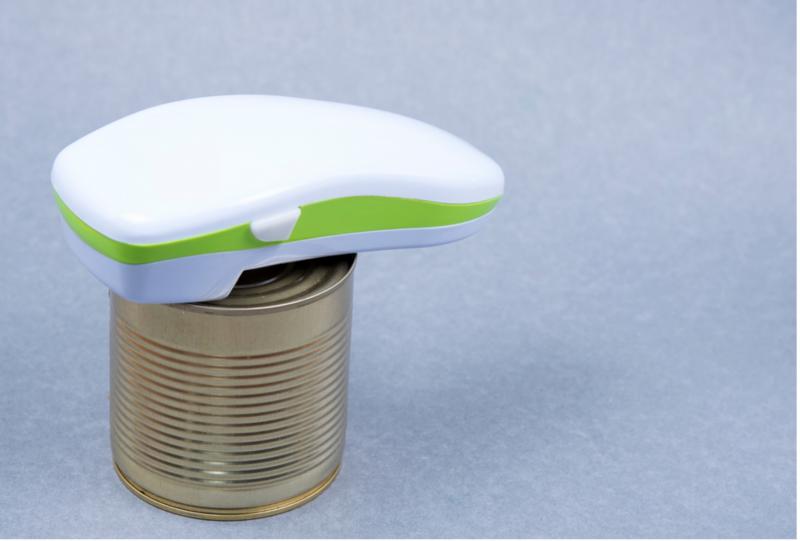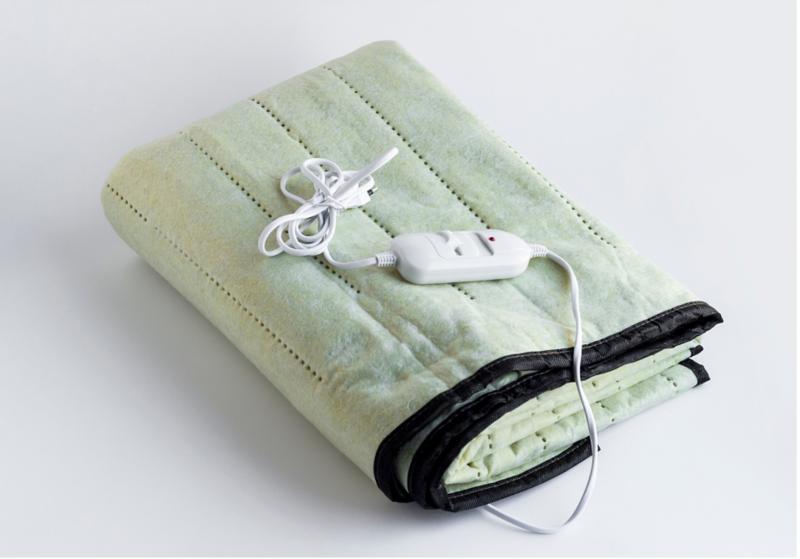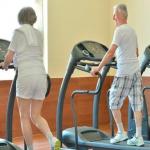13 Things That Make It Easier to Deal with Arthritis
Living with arthritis can be tough. Fortunately, there has been an explosion in adaptive products in recent years that are designed to help those with arthritis live life to the fullest. Here are 13 arthritis gadgets and products that you should absolutely check out:
Reachers
When you have arthritis, reaching for objects above you or bending down to grab objects below you can be really hard on your joints. Reachers allow you to grab things either above or below you without having to bend over. Look for reachers with adjustable poles so you can customize how short or long they are for maximum versatility.
Adaptive Clothing
Dressing is one of the most difficult activities for people with arthritis, especially in their hands. Self-dressing adaptive clothing is specifically designed for those who can still dress themselves, but struggle with the restricted motion and tiny closures of traditional clothes. Magnetic closures are great ways to get around frustrating zippers and buttons. Look for designs such as pull-over styles of self-dressing shirts for men, women’s jackets with magnetic closures, men’s elastic waist pants, and more.
Dressing Multi-Tool
If your arthritis is mild, you can sometimes prolong the life of your wardrobe by investing in a dressing multi-tool. These tools come with everything you need to make dressing easier, including buttonhooks and zipper pulls. Whether you have trouble manipulating buttons or grabbing tiny zippers, a dressing multi-tool can help ease these frustrations.

By Alexander Kirch / Shutterstock.com
No-Frustration Garment Closures
Buttons and ties can be difficult to manage when you have arthritis. Instead, look for closures that are easier to work, including Velcro®, zippers and even magnets in both clothes and shoes. You can also seek out pull-over or slip-on styles that do away with closures altogether if you find any fastenings to be a struggle.
Long-Handled Shoe Horns
Shoes can also be tricky to put on, even if they are slip-ons or have Velcro® closures. If you can’t bend over to touch your toes, even when sitting down, then consider getting a long-handled shoe horn. This will allow you to remain upright while putting your shoes on, saving your back and stopping you from crushing the backs of your shoes.
Ergonomic Door Handles
Smooth, round door handles are extremely difficult to manipulate when you have arthritis in your hands. Unfortunately, they are also one of the most common styles of door handles. If your home or apartment has them, consider swapping them out for lever-style door handles that are easier to manipulate. If you rent and can’t change your doorknobs, then look for silicone door handle grips specifically designed for arthritic hands.

By MarinaTr / Shutterstock.com
Electric Small Appliances
Preparing food by hand requires a lot of upper body work, which can be exhausting or even impossible for those with arthritis. Instead of doing everything manually, consider investing in electric appliances such as food processors, knives and can openers. These devices can make a huge difference in your fatigue levels when it comes to preparing food — so as long as you have the storage space for them, there’s no reason not to get them!
Utensil Grips
Eating is another activity that is difficult for people with arthritis. If you struggle with utensils, then get some chunky rubber grips you can slide onto the handles or invest in a set specifically designed for people with arthritis. The rubber grips are also a great addition to other tools with small handles, such as makeup brushes, so it’s a good idea to keep some around.
Assistive Devices
While some people are reluctant to use canes and walkers, they really can be a huge help for those who suffer from arthritis. Not only can canes and walkers help you stay mobile during a flare-up, they can also help prevent them by helping you to conserve energy and fatigue your body less even when you feel pretty good. If you’re not sure if a cane or a walker could be helpful, talk to your doctors about the benefits.
Seat and Stand Assists
Maybe you don’t need help walking around, but you do struggle with standing up from couches, chairs and recliners. Installing a seat or stand assist can help you go from sitting to standing with less effort. Some are mechanical, doing all the work of standing for you, while others are manual, requiring you to hold onto a metal frame and pull yourself up with your upper body strength.

By Gulsen Ozcan / Shutterstock.com
Heating Pads and Blankets
Heat is excellent for soothing aches and pains and loosening up stiff joints. Putting a heated blanket and/or mattress pad on your bed is an excellent solution if you tend to be really stiff in the mornings. You can also get smaller electric pads that offer more targeted heat therapy for smaller areas of the body such as your back or knees. Electric heating pads weigh less than rice bags and don’t have to be carried to the microwave every time they get cold.
Cold Packs
While heating packs are great to have around, if you have really acute arthritis pain, sometimes cold therapy is a better bet. While a bag of frozen peas will do in a pinch, if you need cold therapy often, it might be better to invest in a reusable gel pack. These come in different shapes and sizes for different body parts, and some of them have straps to secure them in place while you move around.
Specialty Pillows
Sometimes regular pillows just don’t cut it. Thankfully, there are specialty pillows out there that can help you sit and sleep comfortably. Try a contoured pillow that supports your neck, or a wedge pillow to help prop you up at an angle. A seat pillow will cushion your butt if you tend to get tailbone pain, while a lumbar pillow will help you maintain good posture while sitting.
While you don’t want to clutter up your house with unnecessary gadgets, having some selective arthritis solutions can really make your life a lot easier. Try some of the 13 solutions on this list and you’ll wonder how you lived without them in the first place!
More to Read:
Previous Posts:
Next Posts:




